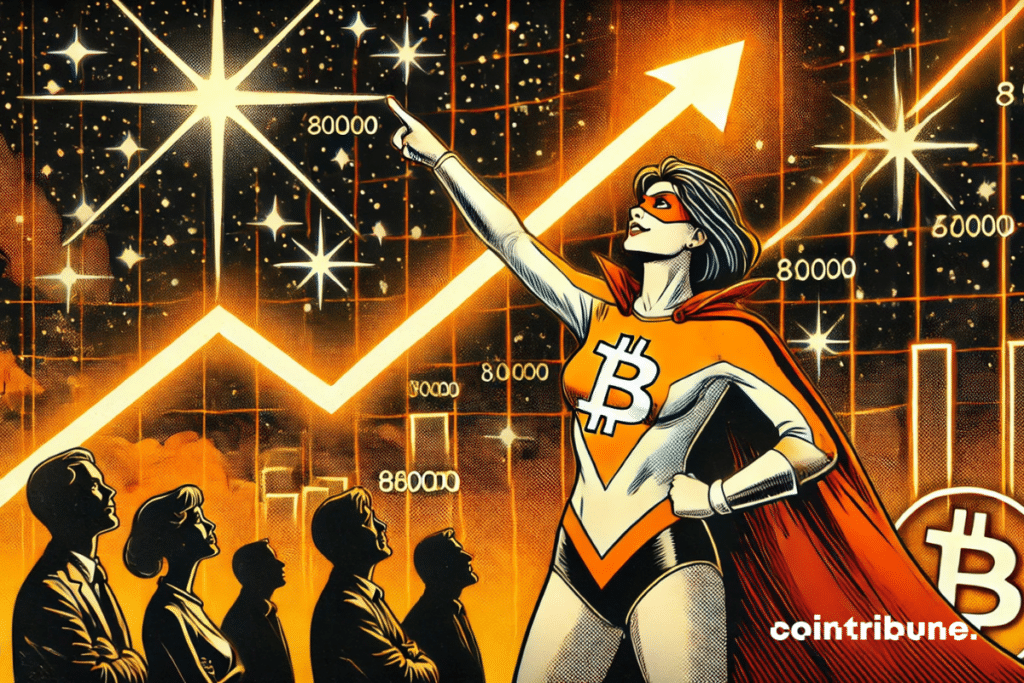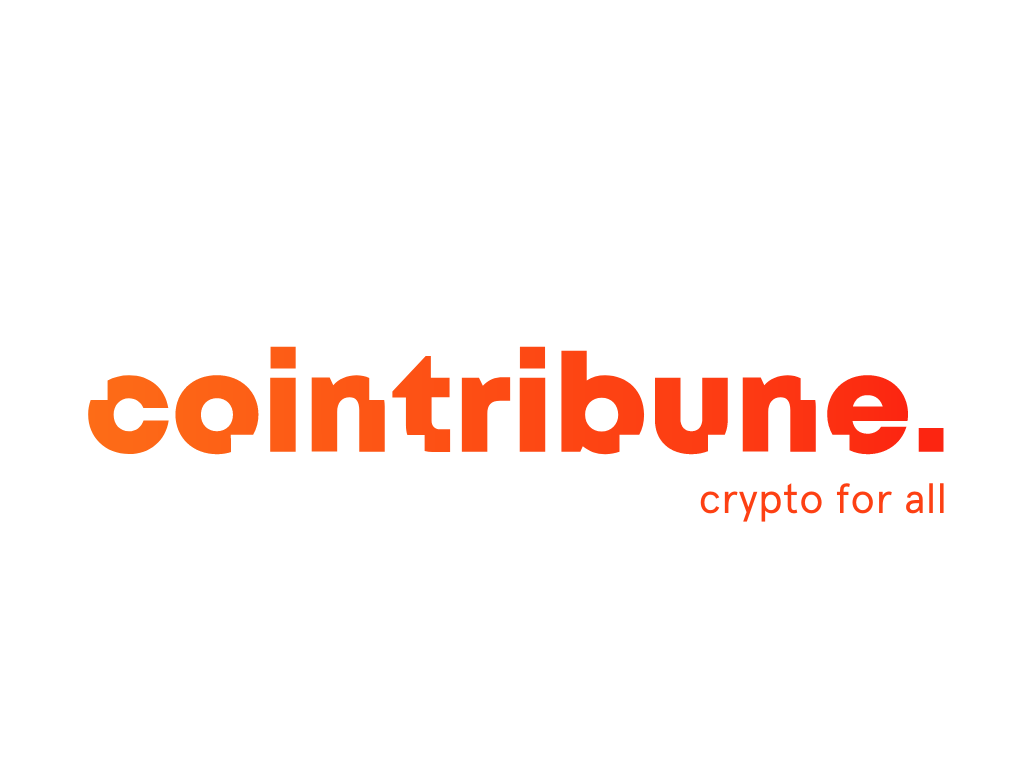Four Signals That Could Push Bitcoin Even Higher
1
0
Is Bitcoin at 80,000 dollars out of reach? For some analysts, it is quite the opposite: this threshold would be a buying opportunity. While the market swings between bullish enthusiasm and fears of a correction, several fundamental indicators invite a reassessment of certainties. Behind the numbers, a fundamental dynamics is emerging, quite different from past cycles. Far from a peak, Bitcoin may still have room to grow.

A signal of confidence in the ecosystem
On March 28, Bitcoin reached a local peak of 87,241 dollars, before giving up ground to finish at 81,331 dollars on March 31. This 6.8 % drop triggered the liquidation of 230 million dollars in long positions on Bitcoin futures contracts.
Such a brutal correction occurred in a global context of tension in traditional markets, where investors reacted to a series of negative macroeconomic signals.
Among them, the announcement by the United States of a 25 % tariff on foreign vehicles on March 26 intensified fears of a global trade war.
In the wake of this, several major financial institutions revised down their growth forecasts for the U.S. stock markets.
Market indicators show a resurgence of risk aversion, which has extended beyond just the crypto sector:
- The S&P 500 saw its futures contracts reach their lowest level since March 14 ;
- Goldman Sachs cut its year-end target for the S&P 500 index, lowering it from 6,200 to 5,700 points;
- Barclays also cut its forecast from 6,600 to 5,900 points ;
- Gold reached a new all-time high of 3,100 dollars per ounce on March 31, confirming its status as a safe haven during periods of uncertainty ;
- The dollar index (DXY), meanwhile, fell from 107.60 to 104.10 between February and the end of March, reflecting a gradual weakening of the American currency.
In this context, Bitcoin seems to have been swept up in a global retreat from risky assets. However, this decline is not accompanied, as one might expect, by fundamental warning signals about the state of the network or investor confidence. And this is precisely what the following analysis reveals.
Bitcoin and the S&P 500 : towards a decoupling?
While the S&P 500 stock index has shown positive performance since the beginning of the year, Bitcoin appears to be gradually breaking free from its usual correlation with stock markets.
This decoupling could mean that investors now view BTC as a distinct asset class, potentially used as a hedge against inflation or macroeconomic uncertainties. We are witnessing a paradigm shift in the way the market assesses Bitcoin.
Another important indicator is the MVRV ratio (Market Value to Realized Value), which compares the current market capitalization to the realized capitalization of Bitcoin, remains below historical thresholds associated with market peaks.
In other words, even at 80,000 dollars, Bitcoin would not be in a state of excessive overvaluation. Historically, this ratio has allowed for anticipating the peaks of bullish markets, and its current level suggests that a significant upside potential remains.
This realignment of market dynamics could well redefine the strategies of institutional and retail investors. As Bitcoin breaks free from traditional stock market logic and fundamental data remains strong, the scenario of a prolonged bullish cycle gains credibility. If macroeconomic and regulatory conditions remain favorable, a continuation of the bullish trend cannot be ruled out, despite price levels perceived as already high by the general public.
1
0
 Manage all your crypto, NFT and DeFi from one place
Manage all your crypto, NFT and DeFi from one placeSecurely connect the portfolio you’re using to start.








